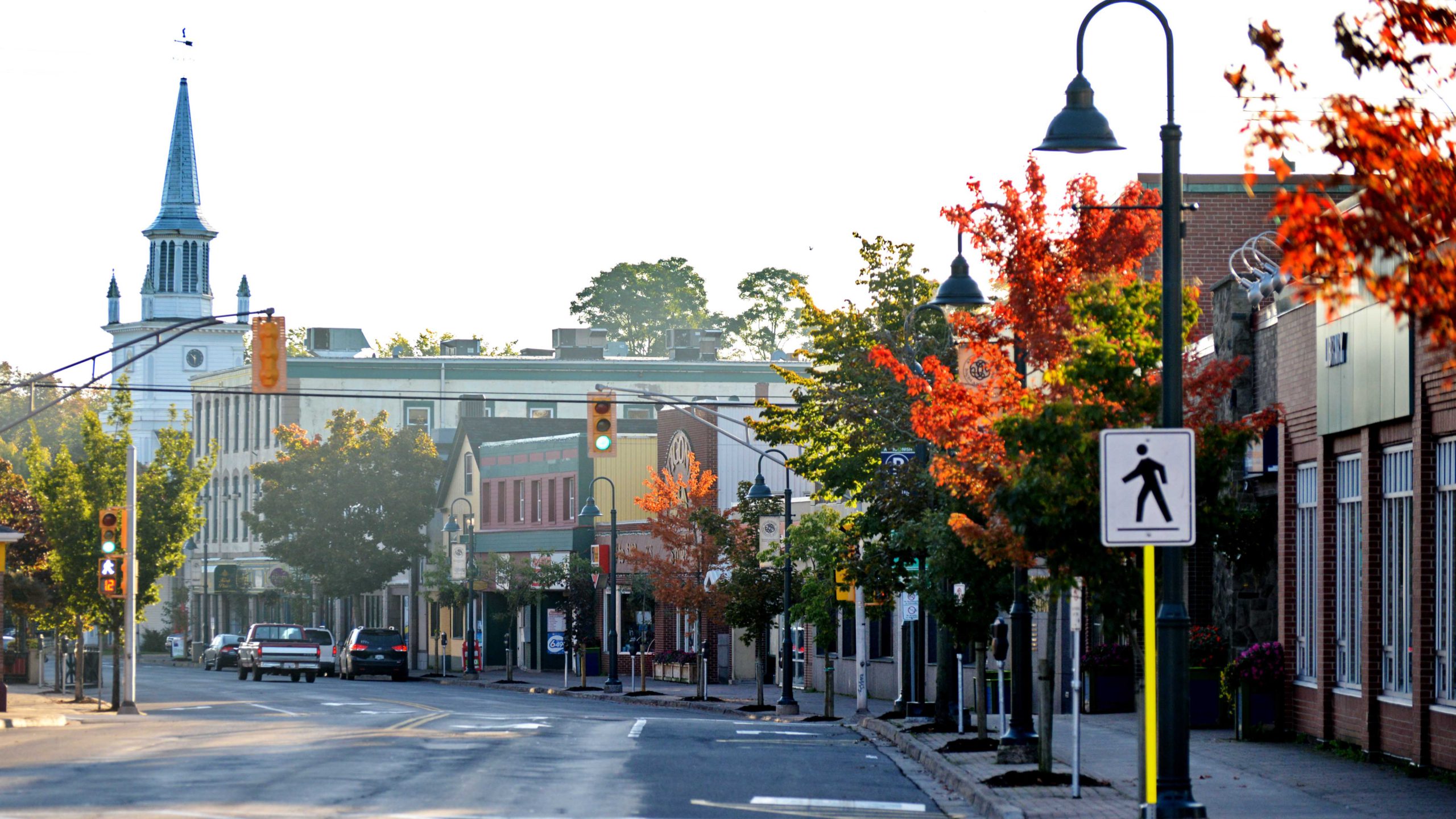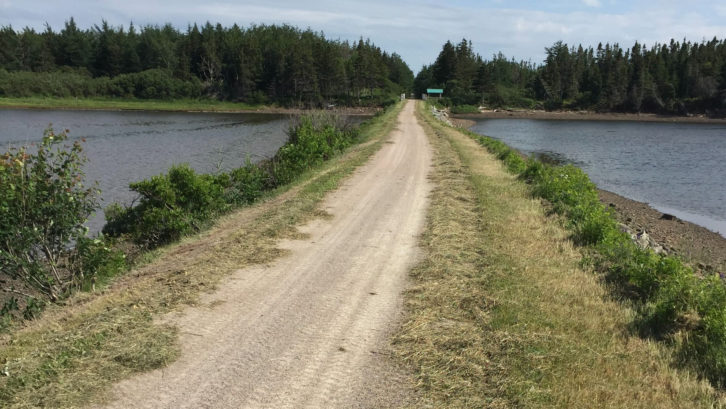Many rural Nova Scotia counties are growing, after years of decline

caption
The town of Antigonish grew by 6.7 per cent from the 2016 census to the 2021 census.Bolstered by the pandemic, rural Nova Scotia grew at a faster rate than rural areas of Canada as a whole
Nova Scotia’s rural communities are growing at a faster rate than rural areas in the rest of Canada, according to Statistics Canada and the 2021 census.
“Canada as a whole, the rural areas grew by 0.4 per cent,” said Stacey Hallman, an analyst at the centre for demography at Statistics Canada. “In Nova Scotia, they increased by 1.3 per cent.”
It’s a stunning turnaround for many counties that had previously seen numbers shrink.
Small town mayors and county wardens are welcoming the increases in their communities, but they come at a price.
“With the rising population of people living here, there are some challenges as well. Traffic being one, but also the housing crunch,” said Antigonish Mayor Laurie Boucher.
“Antigonish is no different from any other small town across the province or even bigger metropolitan areas, housing is an issue for sure.”
One area experiencing a significant increase is Victoria County, which covers northeastern Cape Breton island.
According to the 2021 census, the county’s population grew by five per cent – 352 people – from 2016 to 2021. Before the 2021 survey, the area had registered a population decline in every census since 1996.
“It’s a very positive sign that we’re increasing our population after many years of, you know, watching decline,” said Bruce J. Morrison, the warden of Victoria county and a member of its municipal council since 1997.
While the county was previously seen as a retirement destination, Morrison said he’s noticed an influx of 30 to 50-year-olds returning to Victoria County after working elsewhere in the country. Many of these people are returning with children, which has increased school enrollment in recent years, he said.
“It’s a positive effect on our community. It’s a benefit to our minor hockey system, it’s a benefit to our community groups,” Morrison said. “When we have parents coming in between 30 and 50, they’re the volunteers in the community.”
Morrison said the advent of COVID-19 in Canada played a role in his county’s growth.
“There were a number of people that looked at a lot of rural areas in Nova Scotia as being kind of safe havens. And certainly, that kind of opened the door,” Morrison said.
Mapping population change
This map shows the turnaround in fortunes in rural Nova Scotia. The map to the left shows the change in population in each county from 2016 to 2021, while that on the right shows the change from 2011 to 2016. Red areas on both sides show counties that lost population. Swipe left or right to see the change. Map by Wilson Henry, The Signal.
The idea of Nova Scotia as a safe haven is a factor in the growth of multiple rural counties in Nova Scotia, including Antigonish, which grew by 292 people.
During earlier waves of the pandemic, people in the town of Antigonish “could still go about (their) daily routine without compromise,” Boucher, the town’s mayor, said.
Boucher also points to the closing of offices across the country as a driver of growth.
“Our country has gotten smaller, in the sense that people are working from home,” she said.
Without having to be tied to a physical location for their occupation, many people reconsidered their priorities, Boucher said.
“We see a lot of young families who are actually moving back to Antigonish because they have family here and they just want to be closer.”
Adapting to growing population and fewer homes
In Victoria County, infrastructure may need to be extended to accommodate the growing population. Municipal services such as water and sewer infrastructure may have to be installed in communities currently without them, Morrison said.
“If (communities in Victoria) continue to grow, and the demand is there, then those are services that we’re going to have to provide. And we are looking at that right now,” he said.

caption
Washabuck, in Victoria County. The county’s population grew by five per cent between 2016 and 2021.In Antigonish, the town and county governments are considering consolidating to better serve their growing population.
“Right now, the town has nowhere to grow,” Boucher said. She said the county and town have been working well together over the past five years to improve infrastructure and tourism.
The consolidation would make things more efficient, according to the warden of Antigonish county, Owen McCarron.
“If we’re going to achieve those efficiencies, that gives us much more of an opportunity to really focus on other areas,” he said.
A final decision on consolidation won’t be made until June, Boucher said.
In the town of Wolfville, where the population increased by 862 people, Mayor Wendy Donovan wants to get rid of the four-way stop in the middle of the town.
“I am on record of saying that we need stoplights at the four-way stop,” Donovan said. “I know that not everybody agrees with me. But I really think we have to think of ourselves as a growing and increasingly urban community.”
But trying to make a desirable small town habitable for an increasing population poses challenges.
“The challenge for us,” Donovan said, “is to manage that growth but still keep that part of Wolfville which has a quaint small-town feel that people like to visit.”
There is also the challenge of a province-wide housing crisis, which is getting worse in growing areas of Nova Scotia.
The Antigonish Affordable Housing Society recently opened 12 new affordable housing units and received more than 70 applications for them, according to Colleen Cameron, chair of the society’s board of directors.
“It is a desperate situation,” Cameron said. “And I would say it has been getting worse.”
The growth is good, “but things are not keeping up with the growth,” she said.
Boucher, who was elected as the town’s mayor in 2016, said she didn’t anticipate the town would grow so much in the following five years.
The town recently changed zoning bylaws to allow residential development in the fringes of its limits to help combat the housing crisis, Boucher said.
Cameron said the town has been supportive of the affordable housing society through donations of money and land. She would like to see the provincial government step up and build affordable housing for Nova Scotians, instead of relying on private sector development.
About the author
Lane Harrison
Lane Harrison is a fourth-year multimedia journalist from Toronto, Ontario. He works as the editor-in-chief of the Dalhousie Gazette, Dalhousie's...
